Hybrid Electric Vehicle: Take your career to the next level with our advanced training program
1st Dec 2025
Batch Starts
4 Months
Duration
5 Seats Left
Seats Available
4.5 
Program Rating
Overview
Program highlight
Empower Your Career with Our Complete, Industry-Focused Program
Designed for college students, Professionals, and Innovators Across All Fields.
Master Industry-Standard Skills with Certified Programs by Wipro.
Earn certificates for your internship and program achievements.
Create a standout job-ready profile with an impressive project portfolio.
Here's Why You Need To Master This Program

50K +
Job Openings
$267 billion
Global Market Size
₹ 7.5 lakh
Average Annual Salary
- History
- Early Innovations: Ferdinand Porsche built one of the first hybrid cars, the Lohner-Porsche Mixte, in the early 1900s.
- Oil Crisis Revival: Interest in hybrids reemerged during the 1970s oil crisis due to the demand for fuel efficiency.
- Prius Launch: Toyota introduced the Prius in the 1990s, the first mass-produced hybrid, proving mainstream viability.
- Modern Expansion: Hybrid technology grew in popularity, leading to diverse models like plug-in hybrids and eco-friendly options across vehicle lines.
- Classification of Electric vehicles
- Battery Electric Vehicles (BEVs): Fully electric, powered solely by rechargeable batteries, with zero emissions.
- Hybrid Electric Vehicles (HEVs): Combine an internal combustion engine with an electric motor, recharging through regenerative braking.
- Plug-in Hybrid Electric Vehicles (PHEVs): Use both a battery-powered motor and combustion engine; batteries can be recharged via an external power source.
- Fuel Cell Electric Vehicles (FCEVs): Generate electricity through hydrogen fuel cells, emitting only water vapor as a byproduct.
- Career opportunities
- Automotive Engineering: Design and development of HEV components like electric motors, batteries, and control systems.
- Battery Technology: Research and innovation in battery chemistry, energy storage, and battery management for enhanced HEV performance.
- Manufacturing and Assembly: Production roles in hybrid vehicle assembly, including specialized HEV components and quality control.
- Forces effecting the motion
- Aerodynamic Drag: Resistance from air as the vehicle moves, affecting energy efficiency at higher speeds.
- Rolling Resistance: Friction between tires and the road surface, impacting fuel and battery consumption
- Inertial Force: Resistance to changes in speed, requiring energy from the HEV’s powertrain to accelerate or decelerate.
- Gravitational Force: Affects HEVs on inclines, requiring more power when climbing and enabling energy recovery when descending.
- Power calculations
- Motor and Battery selections
- Principle
- Electromagnetic Induction: HEV motors use electromagnetic fields to convert electrical energy into mechanical motion.
- Torque Generation: Electric current flows through coils, creating magnetic forces that generate rotational torque on the motor shaft.
- Regenerative Braking: HEV motors can operate in reverse to convert kinetic energy back into electrical energy, recharging the battery during braking.
- Control Systems: Motor speed and torque are managed by controllers that adjust current flow to match driving conditions and efficiency needs.
- Types of Motor
- Aleternatice Current Motor (AC Motor)
- Direct Current Motor (DC Motor)
- DC Motor
- Rotor Coils
- Commutator
- Shaft
- Brushes
- Stator Magnets
- Brushed DC Motor
- Introduction - A brushed DC motor uses brushes and a commutator to transmit current, creating rotational motion with simple control but requiring more maintenance due to brush wear.
- Types - DC Shunt Motor, Series DC Motor
- Components - Stator, Commutator, Brush Assembly, Armature, Bearings, Shaft, End Bracket, Yoke
- Brushless DC Motor (BLDC)
- Introduction - A brushless DC motor (BLDC) uses electronic control instead of brushes and a commutator, offering higher efficiency, reliability, and low maintenance.
- Types - Inner Rotor BLDC Motors, Outer Rotor BLDC Motors
- Components - Bearings, Shaft, Rotor, Front End Cap, Stator, Fram Cover, Rear End Cap, Hall IC Sensors, Stator Winding, Permanent Magnet
- Principle
- Electrochemical Storage: HEV batteries store energy through chemical reactions, which release electricity to power the motor.
- Energy Conversion: During discharge, stored chemical energy is converted into electrical energy for propulsion.
- Regenerative Recharging: Kinetic energy from braking is converted back into electrical energy to recharge the battery, improving efficiency.
- Cycle Durability: HEV batteries are engineered to withstand frequent charging and discharging cycles, ensuring a long operational life.
- Components in a Battery System
- Cathode
- Anode
- Electrolyte
- Separator
- Container
- Cell Reaction in a Battery System
- Anode Reaction - Is a oxidation reaction which releases electrons (Anode is the -ve electron in the EC Cell)
- Cathode Reaction - Is a reduction reaction which consumes electrons (Anode is the +ve electron in the EC Cell)
- Classification of Battery
- Primay Battery - For One-Time usage or for Single usage
- Secondary Battery - For Multiple usage or for repititive usage
- Introduction
- Structural Framework: The chassis serves as the vehicle's foundational structure, It provides the necessary strength and rigidity to withstand forces during operation while also serving as the foundation for the vehicle's overall design
- Weight Distribution and Handling: An optimized chassis design enhances weight distribution and handling characteristics, contributing to overall vehicle performance and driving experience.
- It plays a crucial role in vehicle dynamics, influencing handling, stability, and safety.
- Components: Engine, Brakes, Steering System, Transmission, Suspension, Wheel mounted on the frame
- Principle Function
- To safely carry the maximum load
- Holding all Components together while driving
- Accomodate twisting on even road surface
- Endure Shock Loading
- It must absord engine and driveline troque
- Materials Used for Chassis Manufacturing
- Steel, Aluminium
- Magnesium, Plastic Composites
- Fibre Reinforced Composites, Carbon Fibre Epoxy Composites
- Glass Fibre Composites
- Frame
- The frame of a chassis is the primary structural component that supports the vehicle's body and mechanical systems
- It is extremely rigid and strong, thus withstands shocks, twists, stresses and vibrations when vehicle is on the run
- Introduction
- ANSYS software is a powerful simulation tool for engineering analysis, including structural, thermal, and fluid dynamics.
- Ansys Interface
- Working with Cells
- Menu Bar
- Engineering design
- Simulation Setup: Ansys Workbench provides tools to create and set up engineering simulations, allowing for analysis of stress, thermal, fluid, and other physical properties.
- Finite Element Analysis (FEA): Engineers can use FEA within Ansys to break down complex designs into smaller elements, analyzing how each part behaves under various conditions.
- Optimization Tools: Ansys Workbench offers optimization features to enhance design performance, reduce weight, and ensure structural integrity.
- Integrated Workflow: Workbench streamlines the design process by linking CAD models, simulation results, and post-processing, simplifying modifications and analysis.
- Design modeler
- Solution
- Introduction
- Energy Conversion: Brakes slow down the vehicle by converting kinetic energy into heat through friction, either in disc or drum systems.
- Safety and Control: Effective braking systems are essential for vehicle safety, providing precise control during deceleration and stopping.
- Types
- Drum Brakes
- Disc Brakes
- Electronic Brakes
- Drum Brakes
- Overview: Drum brakes use brake shoes pressing against a rotating drum to create friction, effectively slowing or stopping the vehicle.
- Types: Mechanical Brakes, Hydrolic Brakes, Pneumatic Assisted Brakes
- Components: Braking Plate, Brake Drum, Wheel Cylinder, Brake Shoe, Automatic Adjuster, Return Springs
- Disc Brakes
- Overview: The fluid from the master cylinder is forced into a caliper where it presses against a piston
- The piston inturn squeezes two brake pads against the disc (rotor), which is attached to wheel, forcing it to slow down or stop
- Types: Ventilated Disc Brakes, Slotted Disc Brakes
- Drilled Disc Brakes, Solid (Non-Ventilated) Disc Brakes
- Carbon-Carbon Disc Brakes, Composite Disc Brakes
- Components: Caliper, Piston, Brake Pads, Rotor, Mounting Bracket, Hub Stator, Pistons, Threaded Studs, Hydraulic Lines and Fluid
- Actuating systems
- Mechanical Actuating Systems: Utilize physical linkages, such as cables or rods, to transfer force from the brake pedal to the brake components, providing simple and direct control.
- Hydraulic Actuating Systems: Use brake fluid to transmit force from the brake pedal to the calipers, offering smooth and effective braking with the advantage of increased force multiplication.
- Pneumatic Actuating Systems: Employ compressed air to actuate brakes, commonly used in larger vehicles like trucks and buses for reliable performance in heavy-duty applications.
- Electronic Actuating Systems: Integrate sensors and electronic controls to optimize braking performance, often seen in advanced systems like anti-lock brakes (ABS) and brake-by-wire technologies.
- Introduction
- MATLAB is a high-level programming language and interactive environment used for numerical computation, data analysis, and algorithm development across various engineering and scientific fields.
- It offers extensive toolboxes for specialized applications, including control systems, signal processing, and machine learning, facilitating complex mathematical modeling and simulation tasks.
- MALAB Script
- Script Basics: MATLAB scripts are plain text files containing a sequence of MATLAB commands that can be executed as a single program, streamlining repetitive tasks.
- Variable Management: Scripts allow for the creation and manipulation of variables, enabling users to store and process data efficiently within a single execution environment.
- Function Integration: Users can define and call custom functions within scripts, enhancing code reusability and organization for complex projects.
- Interactive Development: Scripts can be tested and modified in real-time, allowing for immediate feedback and iterative development during the programming process.
- Motor Power calculation using MATLAB
- Input Parameter: Motor power calculation in MATLAB requires input parameters such as voltage, current, efficiency, and speed to determine the motor's performance.
- Power Equations: The calculation typically involves using formulas like P=V×I×η for electrical power, where P is power, V is voltage, I is current, and η is efficiency.
- Data Visualization: MATLAB can plot the results of motor power calculations, providing visual insights into performance trends and efficiency across different operating conditions.
- Simulation Capabilities: Advanced simulations can be performed using MATLAB’s toolboxes, allowing users to analyze motor behavior under various loads and speeds for more accurate predictions.
Modeling the Acceleration of Small Electric Car (GM EV1 battery electric car) using Matlab
Analyze the vehicle’s acceleration characteristics under various driving conditions and load scenarios.
Analyze how the vehicle’s mass, power train characteristics, and road conditions affect acceleration.
Calculate the forces acting on the vehicle during acceleration, including aerodynamic drag, rolling resistance, and gravitational forces
Velocity and Distance Calculation of Electric Vehicle from Motor Torque using Simulink Model
Analyze the relationship between motor torque, power output, and vehicle acceleration to establish a clear understanding of how torque influences performance.
Using Simulink’s visualization capabilities to present results, including velocity vs. time graphs and distance traveled, for better analysis.
Integrate the velocity to determine the distance traveled over time, enabling distance tracking during various driving scenarios.
MATLAB Script Development For EV Motor Efficiency Plots
Define key motor characteristics such as rated power, torque, speed, voltage, and current, which are essential for calculating efficiency under different conditions.
Implement the efficiency formula, dividing motor output power by input power, and ensure all units are consistent to yield accurate results across simulations.
Use loops to simulate motor behavior over a range of speeds and torques, calculating efficiency at each point and storing results for further analysis.
Generate 2D or 3D plots in MATLAB to visualize the efficiency as a function of speed and torque.
Modeling of DC Motor
Mathematical Representation: The modeling of a DC motor involves creating equations that represent its electrical and mechanical dynamics, typically incorporating parameters like resistance, inductance, back EMF, torque, and inertia.
State-Space Representation: DC motor models can be expressed in state-space form, allowing for a comprehensive analysis of system behavior and the design of control strategies.
Simulink Integration: MATLAB's Simulink environment enables the graphical modeling of DC motors, allowing users to simulate and visualize dynamic responses to different inputs and control actions.
Parameter Estimation: Accurate modeling requires the estimation of motor parameters through experimental data, ensuring that the simulation closely reflects real-world performance and behavior.
Get Certified, Get Ahead! Your success starts here!

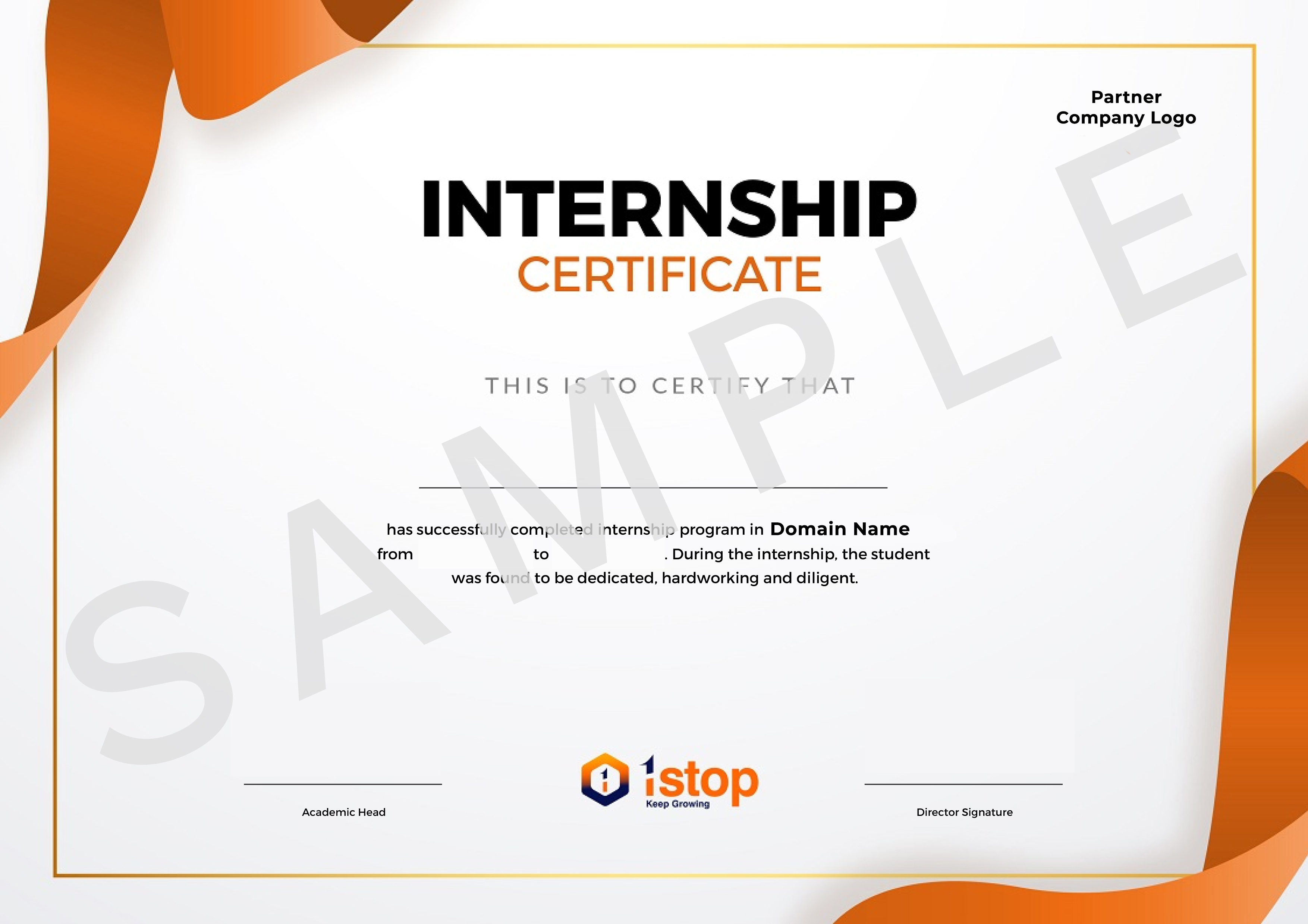
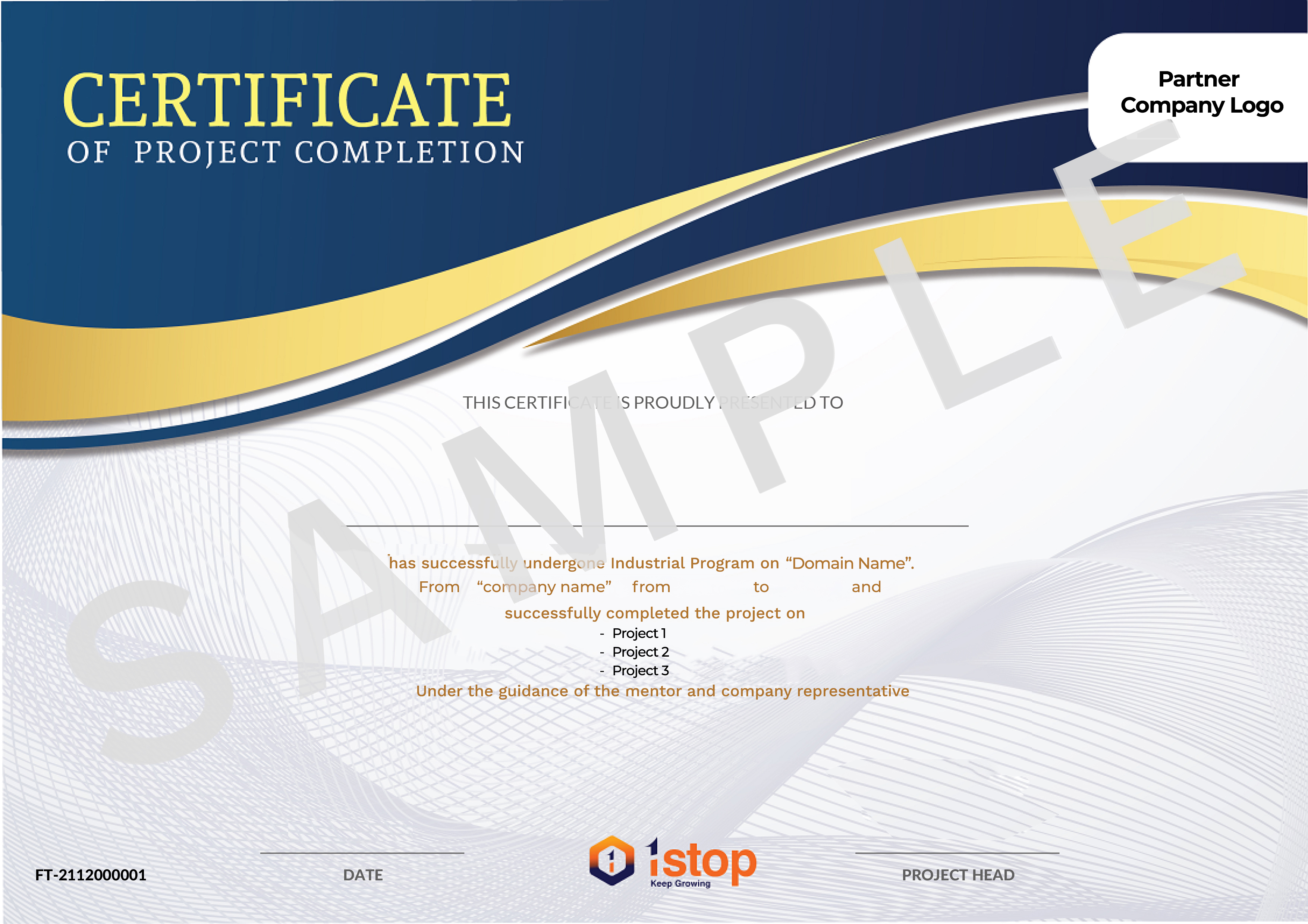

Meet your mentors!
Our expert instructors guide you through the fundamentals in an engaging and supportive learning environment.



4+ years mentoring experience
Sankal Tomar
Sr. Data and Applied Scientist
Senior Data Scientist | Senior System Engineer at Infosys


3+ years mentoring experience
Gaurav Kumar Verma
AI Consultant @Google
Software Architect | Data Scientist | Associate Engineer


5+ years mentoring experience
Rajendra Mehta
Head of Analytics
Head of Analytics | Chief Data Scientist at LTIMindtree


2+ years mentoring experience
Sathya Prakash Soma
Senior Technical Trainer
Senior Technical Trainer | Senior Java Consultant


4+ years mentoring experience
Sahil Handoo
AI Engineer @Google
AI Engineer | Data Engineer at Yara International


6+ years mentoring experience
Suddhasatwa Bhaumik
Strategic Cloud Engineer
Google Cloud Consulting | Senior Manager Data Products at VOIS


4+ years mentoring experience
Swati Thakur
Cloud Consultant @Google
Cloud Consultant|Senior Data Analyst


3+ years mentoring experience
Aishwarya K
Cyber Security:Manager Program Delivery
Cyber Security Mentor | Analyst | Cyber Security Trainer


3+ years mentoring experience
Akash Nagineni
Software Developer
Frontend Trainer|Building Dynamic Web App


4+ years mentoring experience
Megha Singh
Senior Web Developer
Head of Technical | 10+ Highly Scaled Applications Developed


6+ years mentoring experience
Sudhakar G
Principal Architect
Technical Lead | Sr. Delivery Manager


10+ years mentoring experience
Raj Ranjan
Sr. Software Developer @Amazon
Software Dev Engineer|Back-end Developer

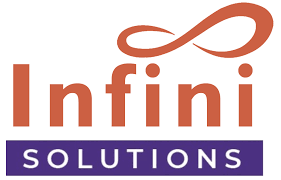
4+ years mentoring experience
Jacob Dennis P
Senior Software Engineer
Web Technologies | Database Technologies | Frameworks | Architecture and Server Management, AWS, Google.
Alumni’s Testimonies

See what 1Stop Learners have achieved.
Collaborating with 50+ top-tier universities and educational institutions


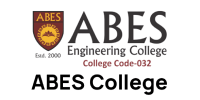

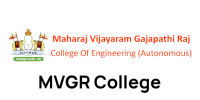



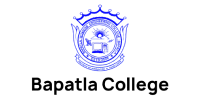

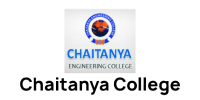

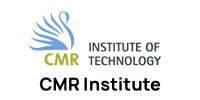
Enroll Now and Become One of 50,000+ Happy Learners!

- Program Duration : 4 months
- 30 Hours of Content
- 3 Major Projects
- 1 year Access for Dashboard and Content
- Project Completion Certificate
- Internship Offer Letter
- Internship Completion Certificate
- Program Duration : 4 months
- 40+ Hours of Content
- 5 Projects
- Live Sessions During Project Execution & Training
- Life time access for content and Customised Dashboard
- Project Completion Certificate from Partnered Companies
- Internship Offer Letter
- Internship Completion Certificate
- Customised Resume Builder
- Program Duration : 2 months
- 30+ Hours of Content
- 3 Major Projects
- 1 year Access for Dashboard and Content
- Project Completion Certificate
- Internship Offer Letter
- Internship Completion Certificate
FAQs

General
Internship
Programs perfectly matched for you

If you haven’t heard, 1Stop is making major headlines!













